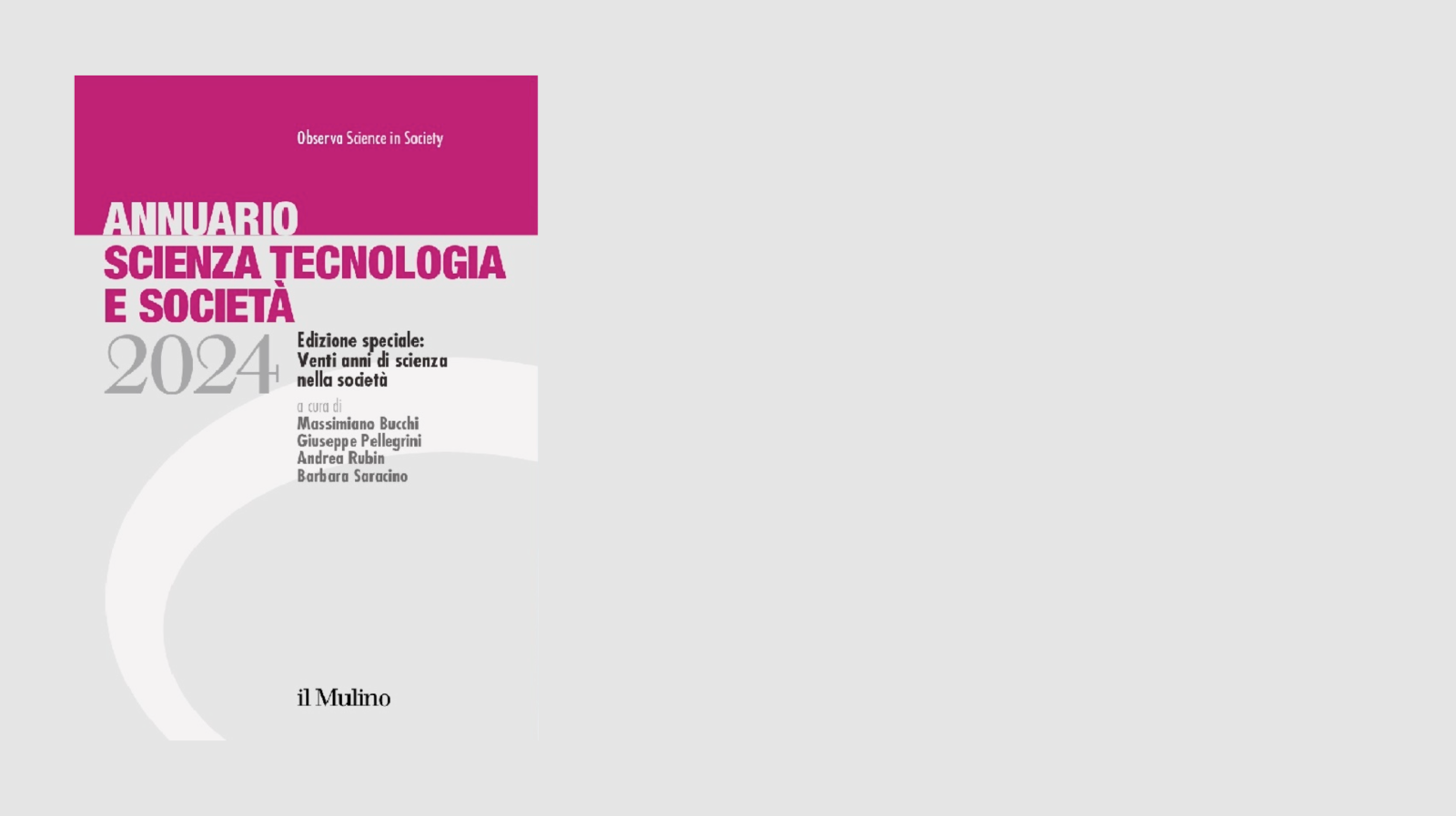Geneva, 4 July 2012
Ladies and gentlemen here is the elusive, phantasmagorical, unreachable - and at the same time ubiquitous - Higgs boson . Finally this morning at 9 a.m. the last piece was inserted in the puzzle of the Standard Model of the constituents of matter: the most elusive of all the particles was shown to the world in "Building 40", the main building of CERN crowded with many people eager to take part in an event that will change the history of physics.
Here at CERN
the excitement had been in the air for some time; in the last few weeks, one could sense from the satisfied smiles and
the whispers exchanged between insiders that
something important had happened. But of course one thing is the rumours and
another the experimental evidence. To satisfy
curiosity and perhaps even to say "I was there!" many people, all scientists
or employees of CERN - to enter the building where the Auditorium is located
in fact, you must show your badge -
had begun to line up since the night before, sleeping in front of
the Auditorium's door, to be sure they would not lose their seat.
At 6:30 the line was already some hundred feet long: a human snake
winded throughout the lobby, then down the stairs, crossing the
cafeteria until the garden outside. Occasionally some bursts of
laughter, applause and whistles, a true football support came from the more
advanced parts of the line, from which you could see sleeping bags peeping out (some
still occupied by their owner) backpacks and water bottles, so much so that at the end of
the conference also one of the physicists commented positively and
with amazement about this noisy passion "... for a physics conference!"
In the first rows of the conference Auditorium, in addition to the CERN eminences, sat Peter Higgs and the other theoretical physicists responsible for starting this hunt for the missing boson, with some articles published in 1964. Ironically the eighty-three years old "Mr Boson" at the end of the conference commented: "I'm very happy, especially because this is happening while I am still alive ... ". But the irony did not stop him from being moved, and already some malicious ones were suggesting it was more for the scent of Nobel Prize than for the involvement in that particular moment...
The other rooms, where
a video projection of the event was set up, were also overcrowded with people
standing at the back, and scientists took pictures as if they were
tourists.
It was indeed
a big party for the scientific community.
Spontaneous and enthusiastic applause broke out even in rooms where the event was only projected,
reflecting more the need of the public for a liberating applause than a tribute to
the speakers,who, given the moment, even indulged in a few
entertaining jokes.
Joe Incandela, spokesman for the CMS experiment (Compact Muon Solenoid, one of the two large experiments that "captured" the boson), broke the ice with a joke:"This is the first of thousands of transparencies I have prepared" But after a short time, he also indulged in some lyrical moment: "This is the result of many sleepless nights of at least 4,000 physicists who have worked at CMS". And he admitted a weakness: "I'm a bit nervous today". Both Incandela and Fabiola Gianotti spokesman of the other major experiment that attained the result, ATLAS (A Toroidal LHC ApparatuS), preserved a scientific style in their presentations: they described the experiment, summarized the methods used and finally showed the results. It was, however, also a very useful method to build anticipation in the audience, so that when finally, after many warnings, and with infinite caution, they showed the revealing graph, the audience indulged in a long applause.
It took decades of research and technological development, colossal funding and thousands of gallons of sweat of as many scientists to reach this result. Many of them had been queuing up since this morning and were among the public. Speaking with some of them, what is most striking is the sense of involvement of all those who have worked in the search for the Higgs boson. They all feel somehow responsible for a fragment of this result, as evidenced by the large attendance this morning. Also those responsible for the experiments do not fail to remember that it was a huge team effort.
At the end, Gianotti informs that the two experiments will not fight each other in order to be the first in publishing the results, a real trophy in the scientific world, but they will agree in doing so simultaneously in the same journal: a good example of scientific fair play. At the end, CERN's Director General took the floor and finished with a laconic “I think we have it. Do you agree?” and emphasized the global nature of the research, and, thus, of the result.
But the work is not finished, he added: "We observed a new particle consistent with the Higgs boson. But which of the Higgs bosons is it?Yeah, because it could be the particle studied for a long time and described by theoretical physicists or it could have more exotic features: now we must work to give a clearer shape to this blurred image that we finally obtained of the elusive boson.
The novelty is that now we know it exists. It is no small thing. Just ask those who have been working on this for forty years ..


